Submersible NIRS: a very wet lab...
By dr. Chris McKnight, Eric Mulder MSc. and Mathijs Bronkhorst MSc.
In 2016 dr. Chris McKnight approached Artinis with the idea of measuring NIRS underwater on wild animals. Initially, there was some skepticism, since our devices are not intended to be taken underwater, let alone on a wild animal. However, we really liked the challenge and together with the Sea Mammal Research Unit (SMRU) of the University of St. Andrews, we created a submersible NIRS sensor specifically for seals.
So, we started working on a custom PortaLite for seals. We are not too good at coming up with fancy names, so it was named the PortaSeal. This device had a smaller sensor size to minimize the impact on the natural behavior of the seals. Furthermore, we adapted the optical properties of the sensor to be optimized for seal measurements. Together with the SMRU, the sensor was waterproofed, tested and trialed for the first time. Initially, there were some interesting failures, one of which being the seal actually ripping the sensor head from the control unit. After several tests, almost every single component of the sensor except for the housing had been replaced at least once. This is exemplary of the support we like to provide to get innovative research up and running. The effort was well worth it, once the data came in it was absolutely stunning. The extent of tissue oxygenation and reoxygenation these animals go through is extraordinary, and the PortaSeal measured it beautifully.
Photo courtesy of Jessica Kendall-Bar. A juvenile northern elephant seal instrumented with McKnight's 'PortaSeal' device as part of an experiment conducted by Jessica Kendall-Bar, a PhD student working with Drs. Dan Costa and Terrie Williams at the Long Marine Lab of UC Santa Cruz. NMFS Permit #19108.
The data recorded with the PortaSeal was used in a very well-received article in PLOS Biology, and an accompanying article in the NewScientist. With the PortaSeal the dive response of the seals was investigated, showing that seals can initiate a dive response without having to dive. It showed that the seals are already in oxygen conservation mode prior to diving, which helps since they spend approximately 90% of their time at sea underwater holding their breath.
The last months dr. McKnight has been working together with prof. Erika Schagatay and MSc. Eric Mulder with the goal to compare the “diving brain” of seals to that of elite freedivers, as part of a big project at Mid Sweden University. The best freediver in the world can dive to 130 meters deep (current world record) on a single breath of air and swim back up again. How these divers deal with such extreme desaturation is a fascinating area to study. To do so, another sensor was made based on the PortaSeal design and it is appropriately named the PortaDiver. The PortaDiver was adapted by the SMRU to fit a waterproof housing and can now be switched on and controlled with magnetic switches and was proven to perform at underwater pressures equivalent to 100m.
The sensor was reduced even further in size and weight, to make it as light and smooth as possible for the divers. Furthermore, the device can save the data on internal memory, and be subsequently downloaded over Bluetooth from within the waterproof housing once the dive is finished. In the images the sensor can be seen worn under the headcap of Miguel Lozano and Alexey Molchanov with the control unit fitted to the back of the diver.
Photos courtesy of Eric Mulder.
Freedivers aim to reach a pre-set depth under water on a single breath of air, guided by a vertical line, while using one of the following techniques: swimming with or without a fin, or free-immersion, where the diver uses his hands to pull down and up along the line. During the first part of the dive, the freedivers will actively swim or pull themselves down, but after a while the diver will become negatively buoyant and start to free fall. At depths of over 100 meters the diver will turn around and swim upwards, while holding their breath. The research team at Mid Sweden University under supervision of Prof. Erika Schagatay has been working with elite freedivers for several decades. The group currently works with top freedivers such as current world record holder Alexey Molchanov and Miguel Lozano.
The PortaDiver gives insight into human freediving capacity and additionally the possible high tolerance to hypoxia in human freedivers. In this video the freedives during the AIDA world championships are beautifully captured, with Alexey’s world record dive to 130 m.
Breath-holding inevitably leads to desaturation of the arterial blood, which may lead to the diver losing consciousness, so called “blackout”. The risk of blackout is increased with hyperventilation before the dive because the urge to breath is delayed due to reduced CO2-levels (Figure 3). During ascent from a deep dive, atmospheric pressure decreases and simultaneously the lungs, that have been compressed due to the effects of pressure, increase back to their normal size. This increase in lung volume leads to the partial pressure of oxygen to diminish very quickly, especially during the last part of ascent, and that is where the risk of blackout is the greatest. International championships always provide educated safety divers and medical personnel for assistance in case anything happens to the freediver, to avoid drowning due to blackout. However, outside the fixed settings of freedive competitions this is not the case.
Figure 3: The graph explains why it is so important to avoid hyperventilation before diving, and how it may increase the risk for blackout due to hypoxia. The risk of blackout is increased with hyperventilation before the dive because the urge to breath is delayed due to reduced CO2-levels.
Image source [2]
Every year approximately 140.000 people drown, with an estimated 20% of all drownings caused by underwater blackouts [1]. To better understand the physiology of human freedivers and reduce the number of blackouts is a goal of the project at Mid Sweden University and the PortaDiver can supply them with unique data on cerebral perfusion during breath-hold dives.
“
Artinis would like to thank dr. Chris McKnight, all collaborators at the SMRU – University of St. Andrews, Eric Mulder – Mid Sweden University, prof. Erika Schatagay, Jessica Kendall-Bar, and all freedivers for their kind contributions to this blog. Without you none of this would be possible, thank you!”
— The Artinis team
Source:
[1] Brothers, Alex (2018). Shallow Water Blackout (SWB). Swimming Canada Natation.


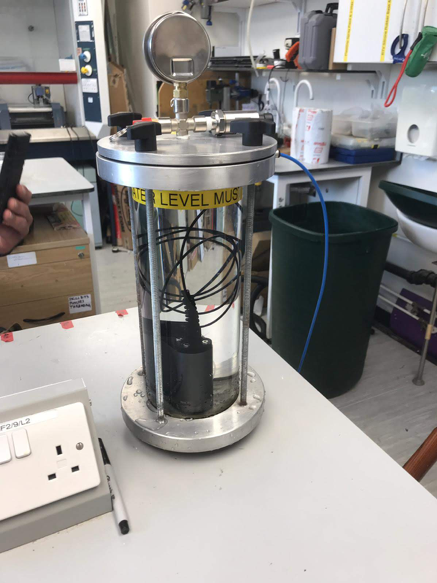

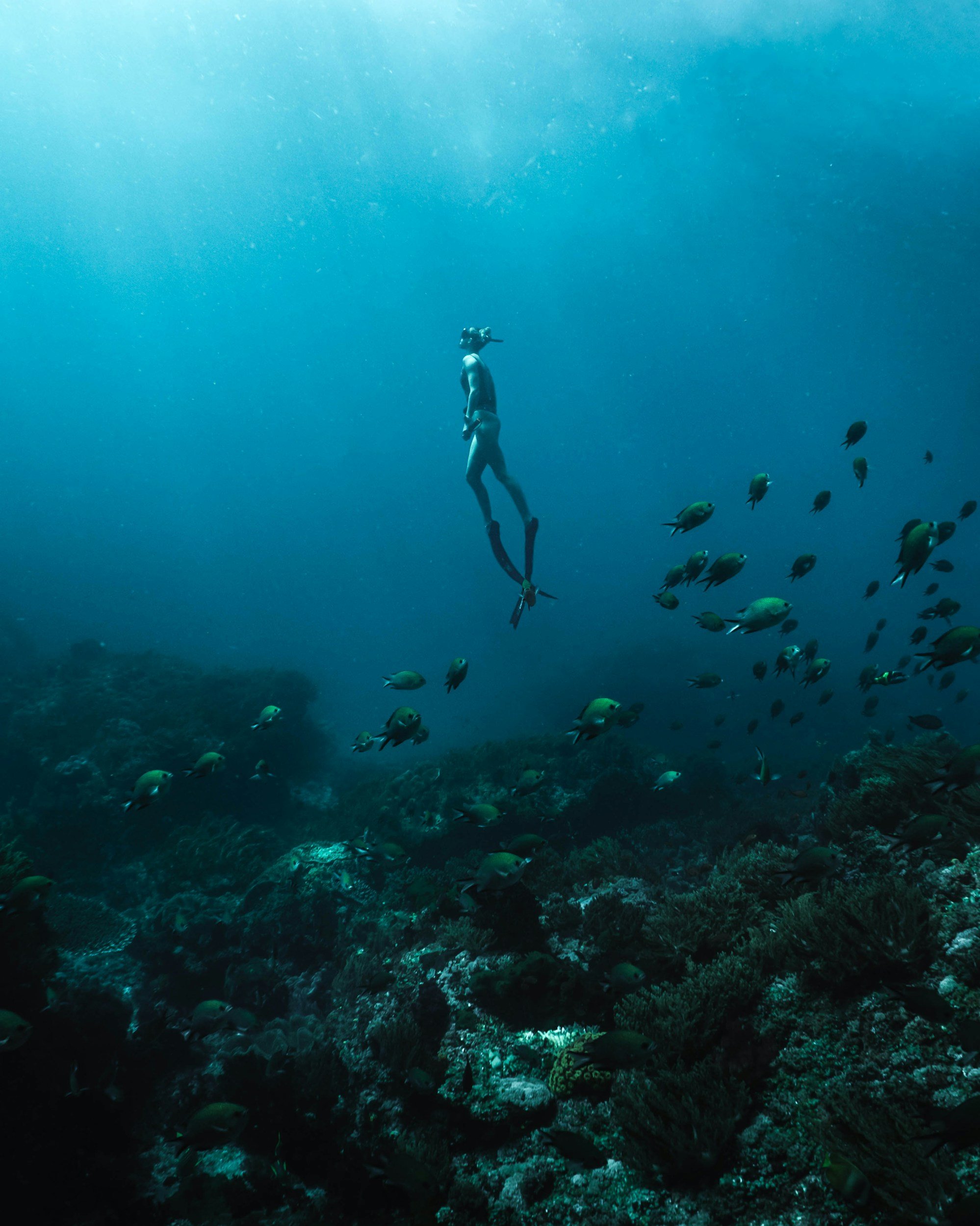
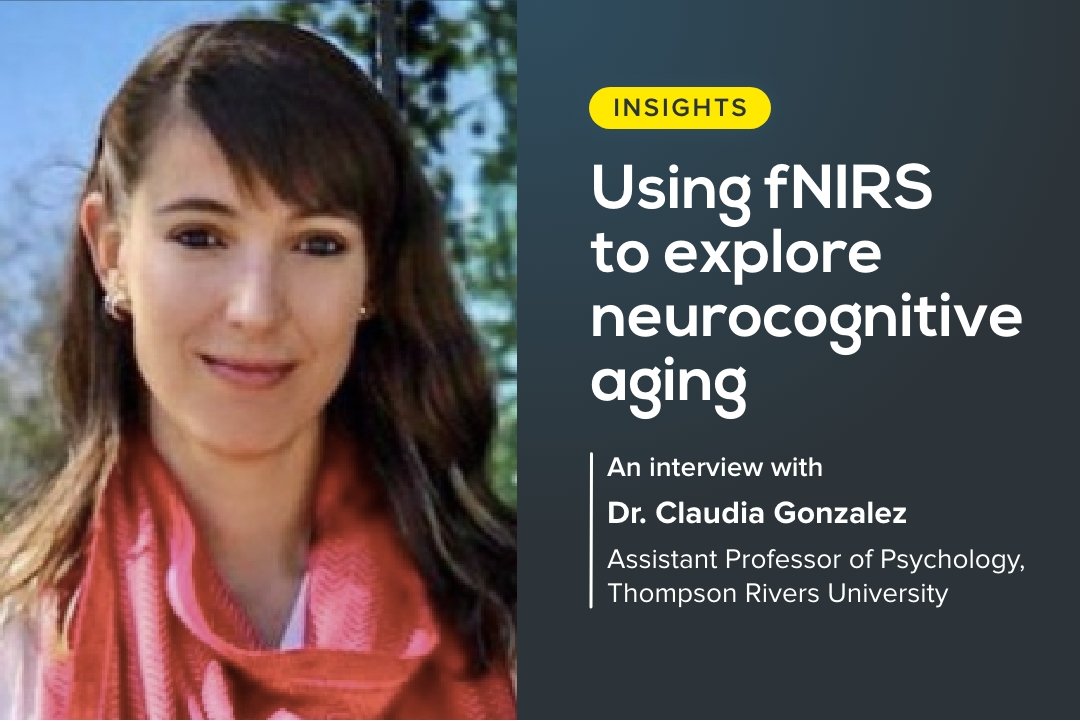
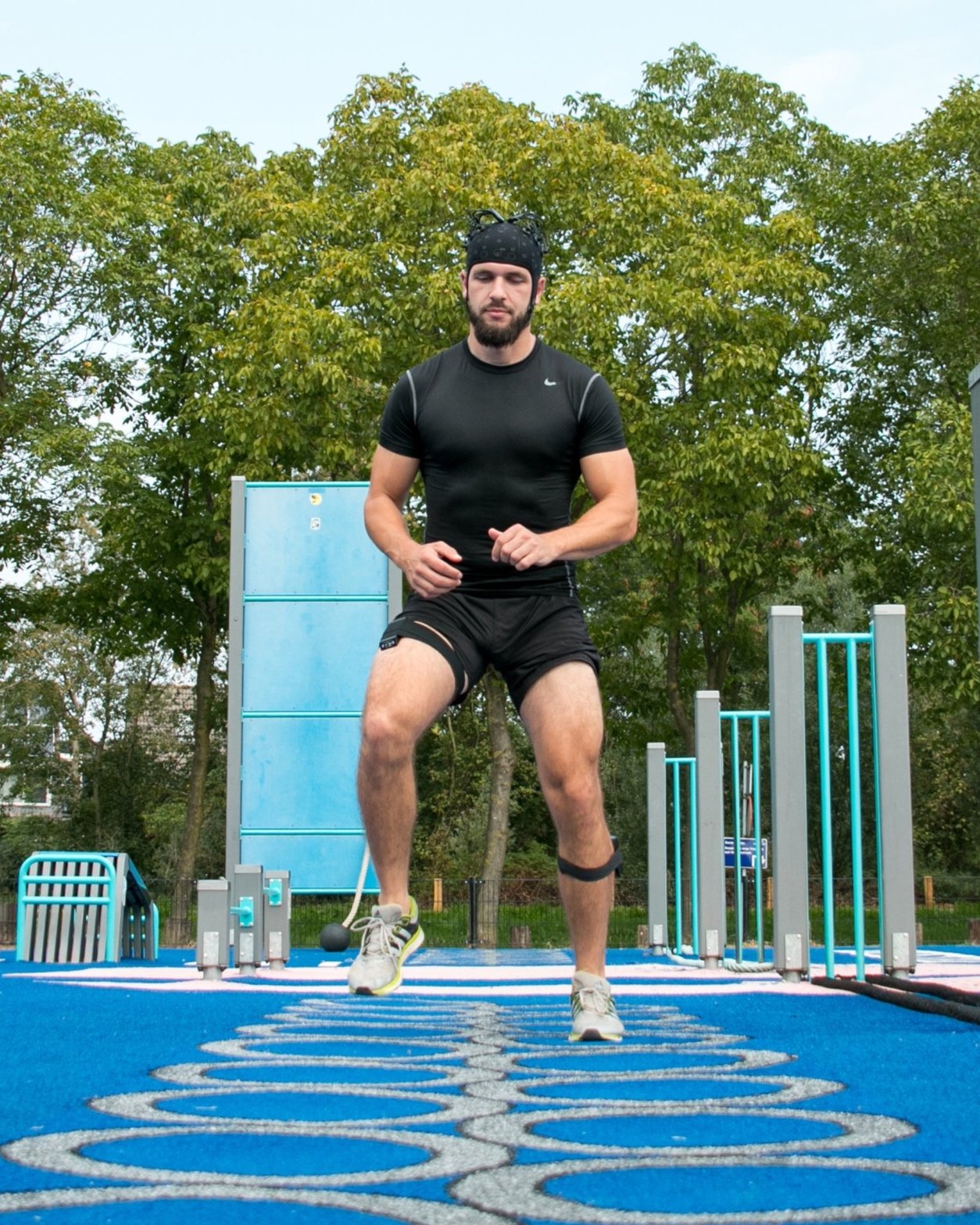
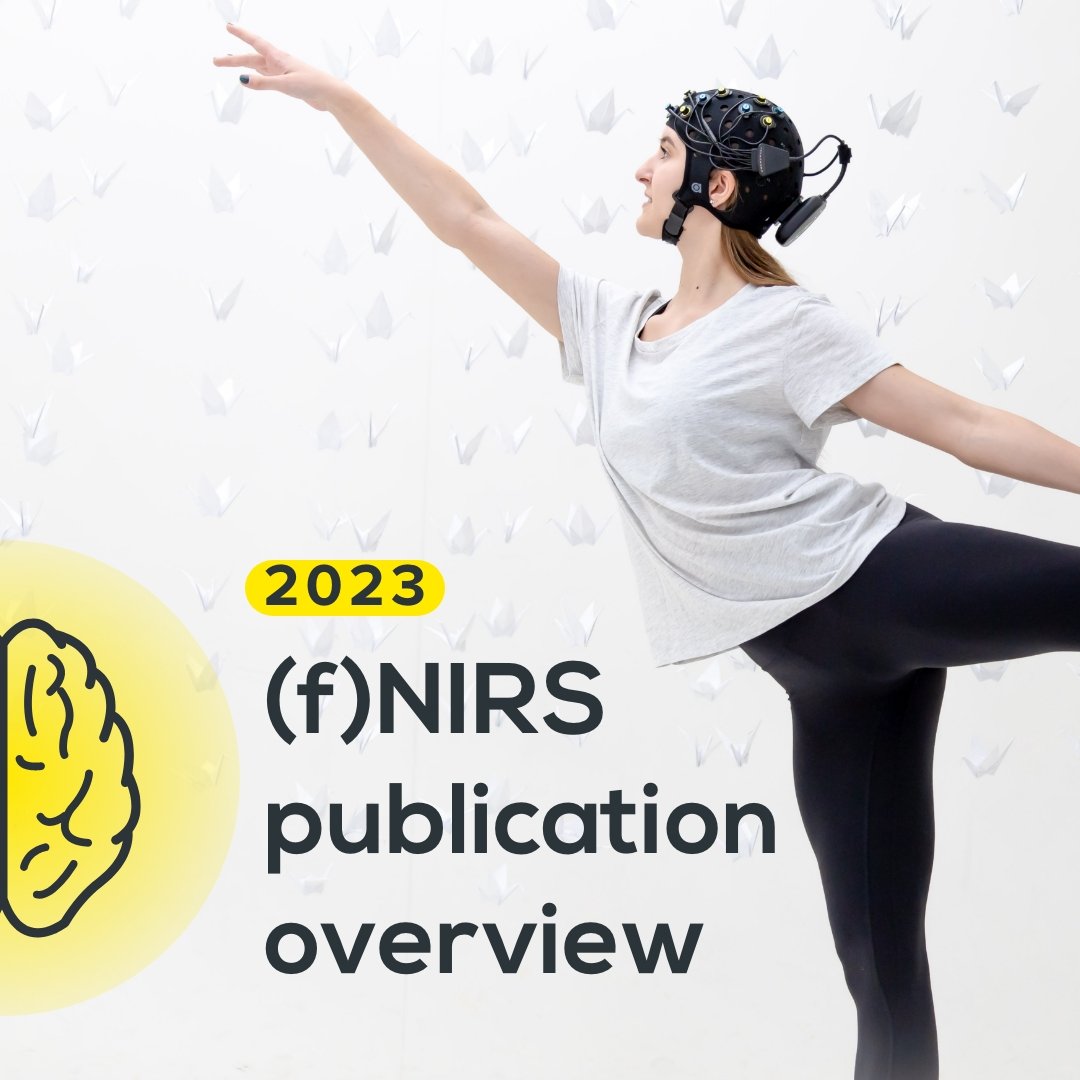
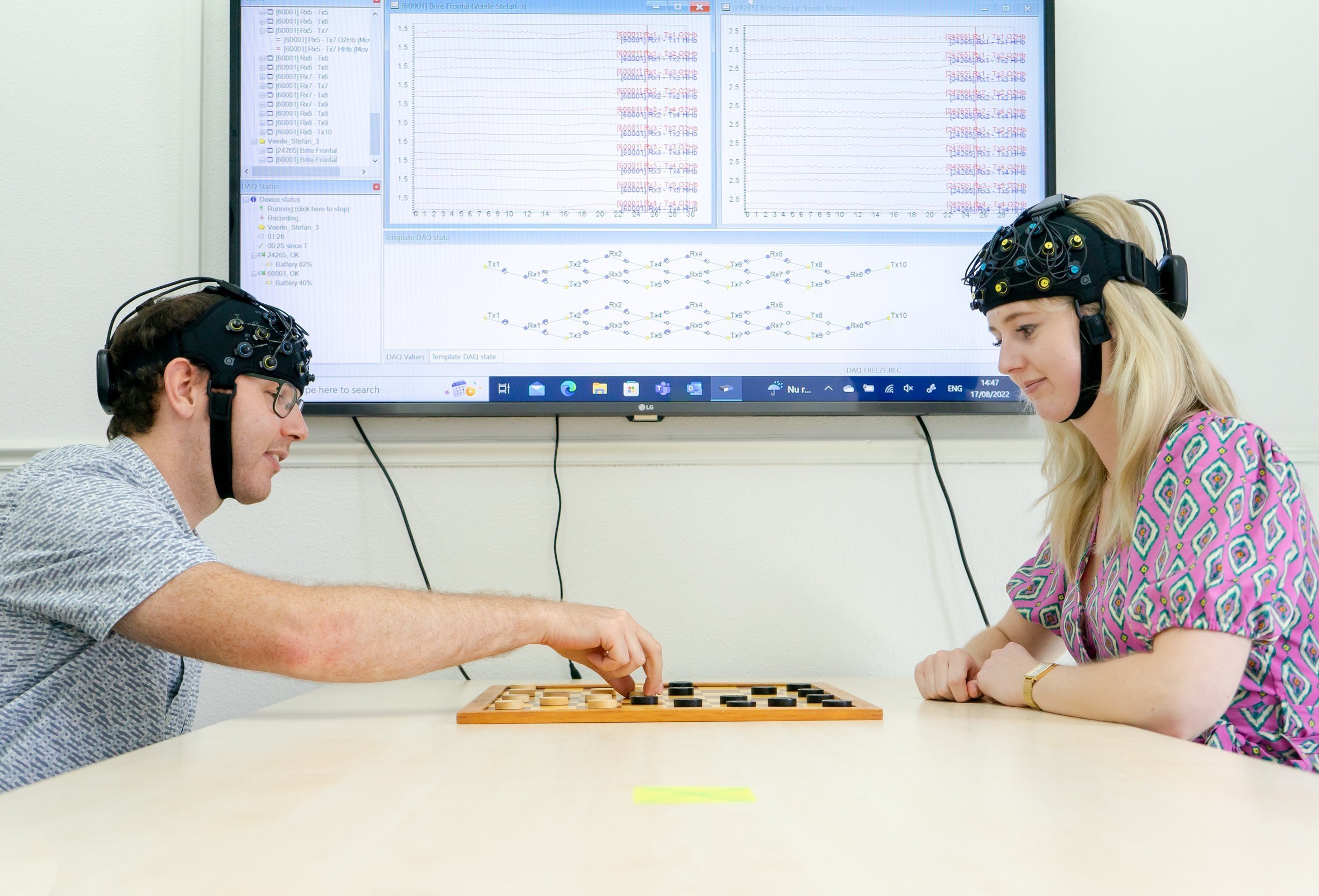
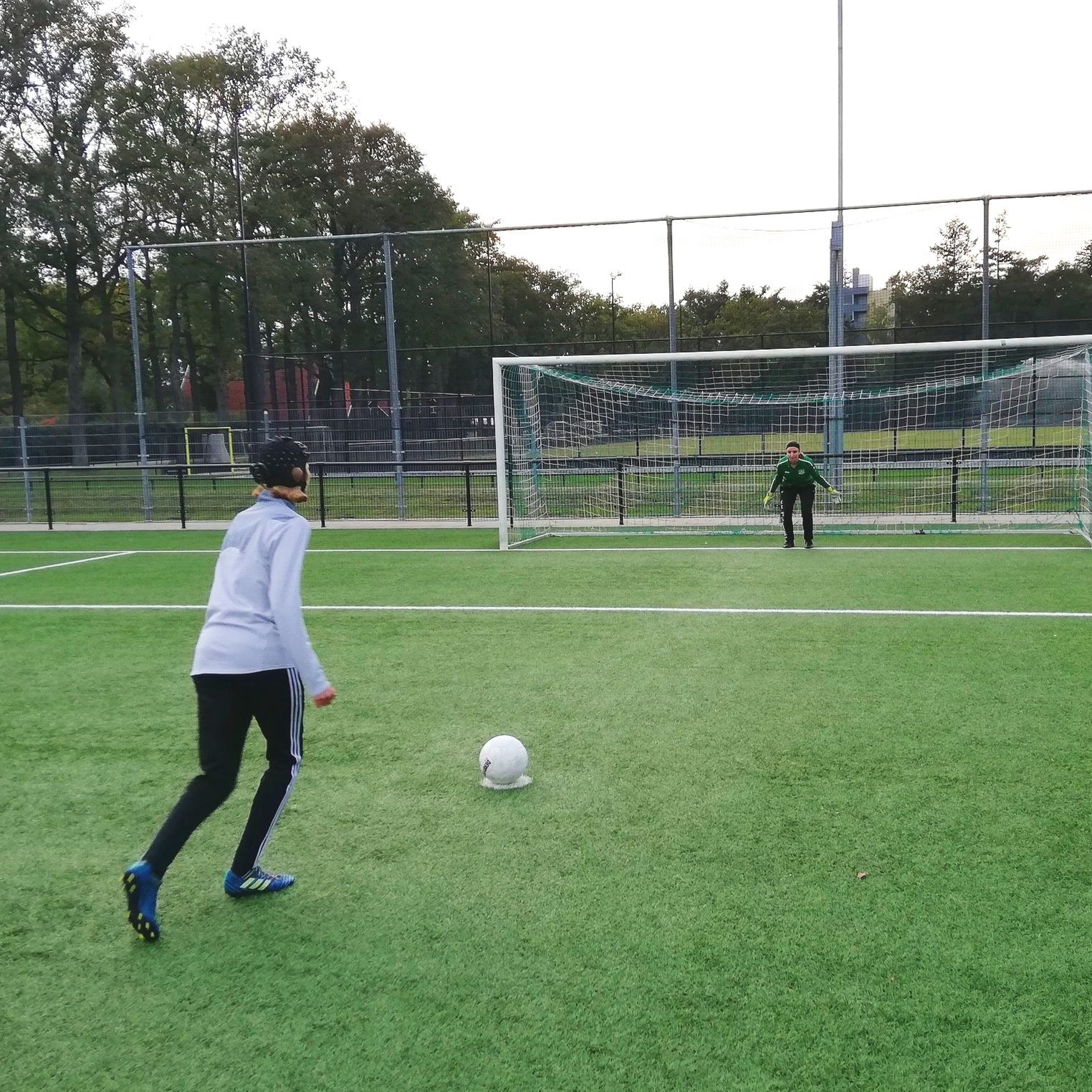

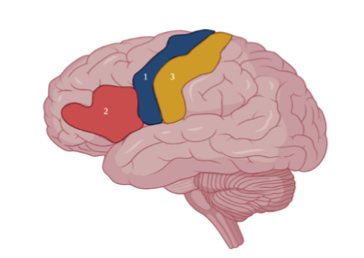
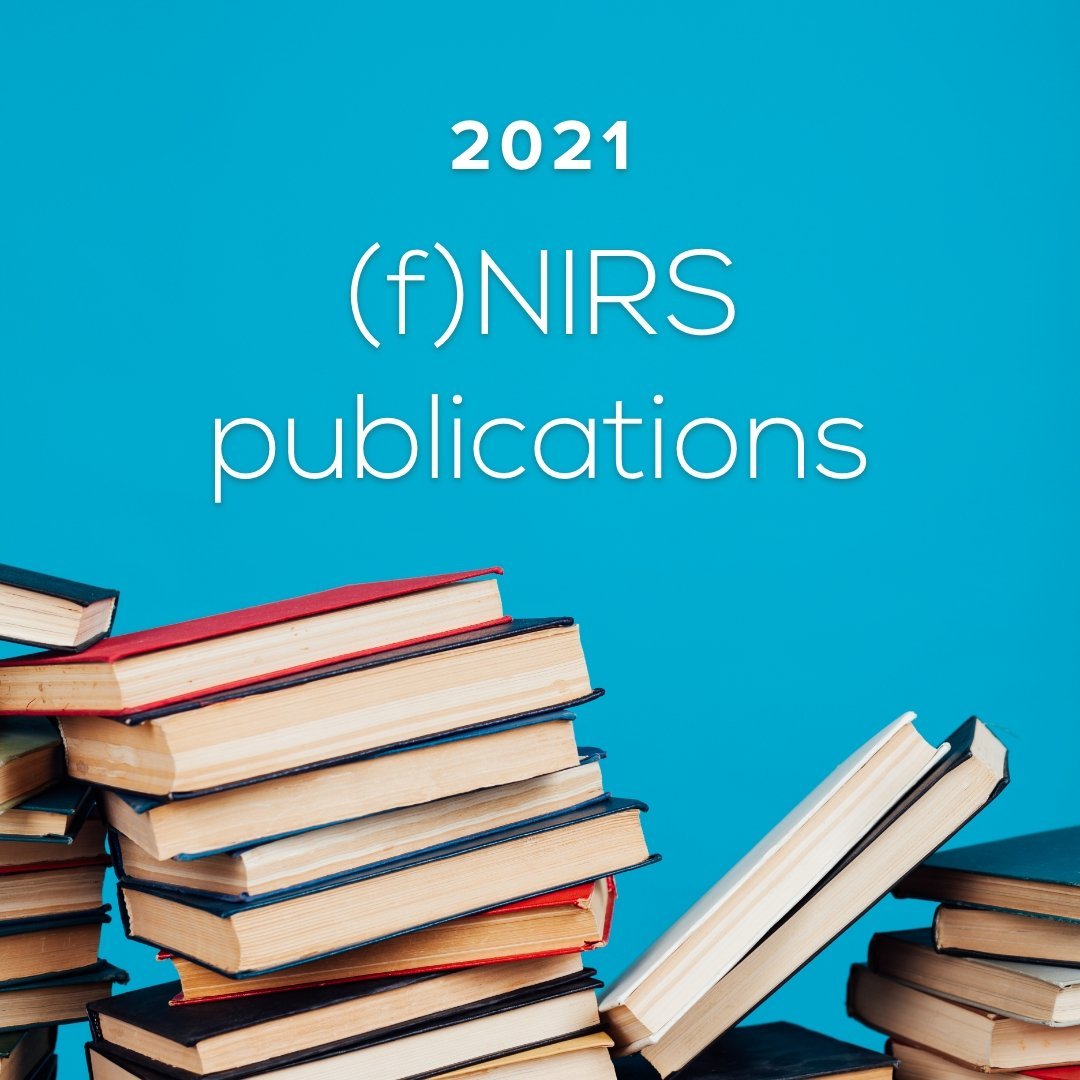
Our fNIRS devices offer a high sampling rate, enabling extraction of additional physiological parameters, including respiratory rate (RR). These parameters can provide important additional information that can be used as adjunction to cerebral activity measures. In this blogpost, the possibility of RR estimation from fNIRS in a resting state is discussed in the form of a case study.